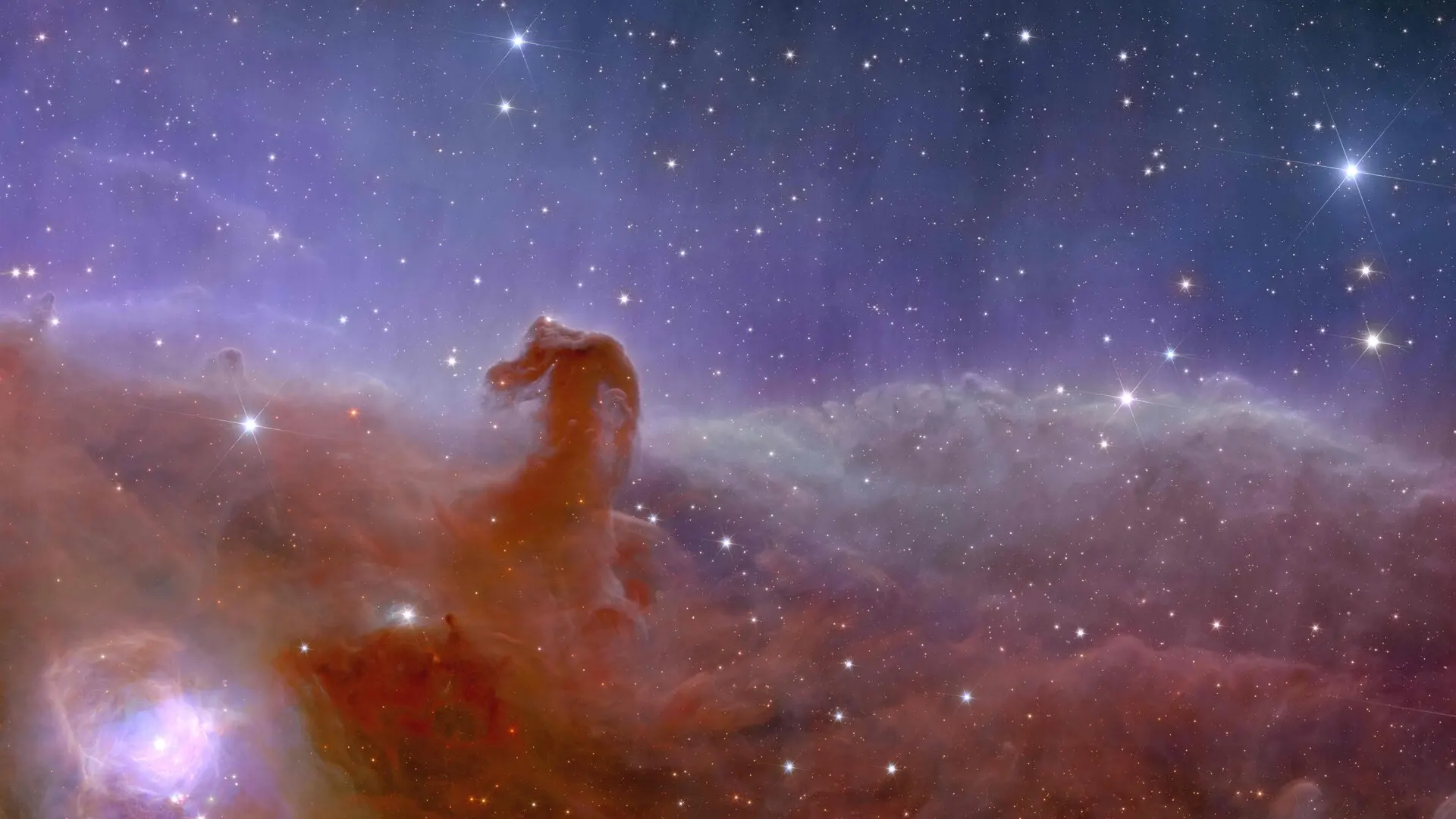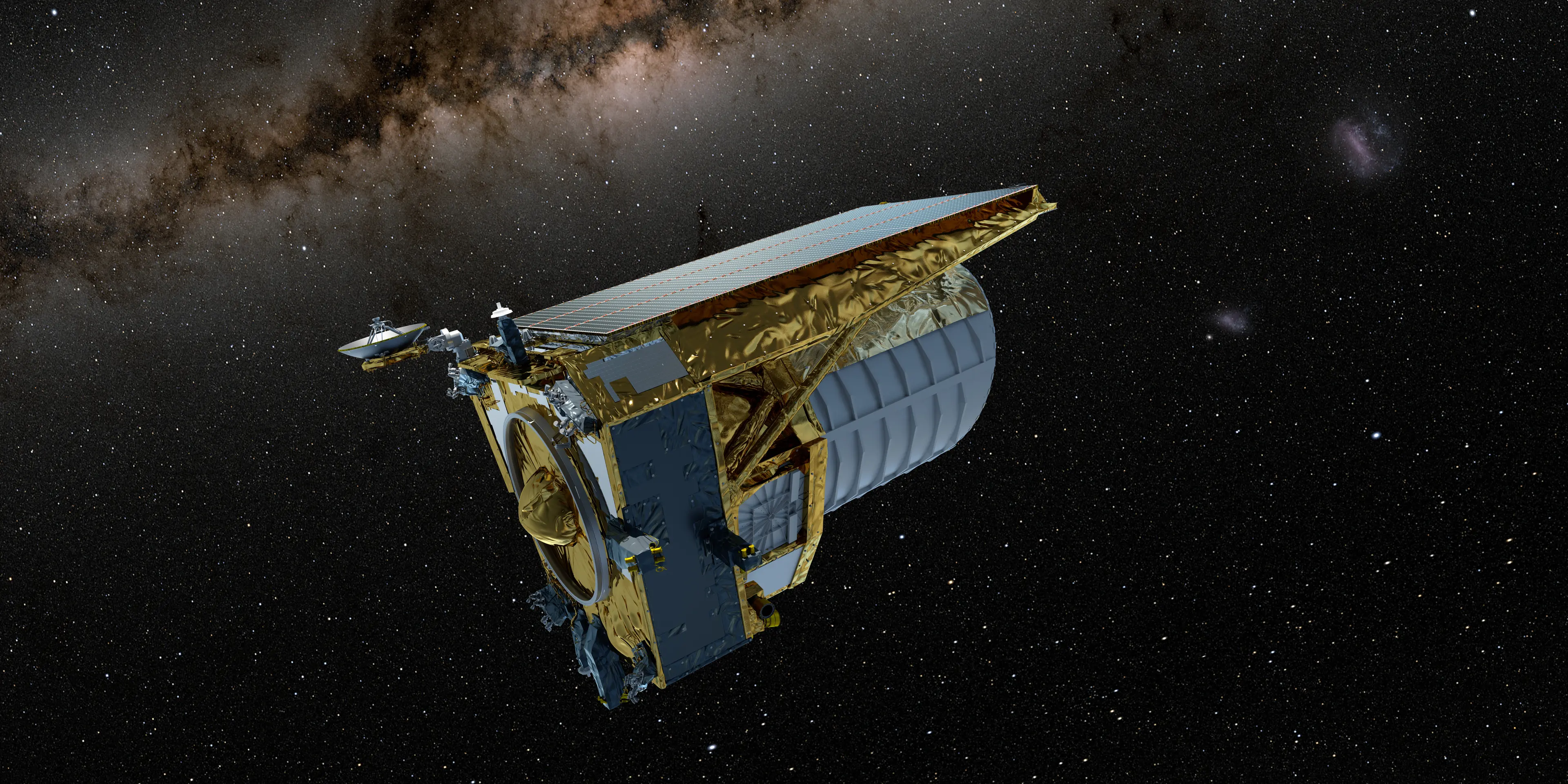The dark matter telescope known as “Euclid” has finally come online and we’re seeing its first images flood back!
To cut it short, Euclid is a dark matter telescope which aims to solve the dark matter mystery once and for all. Having been launched on July 1st, Euclid’s spent four months calibrating its instruments (much like the JWST) after having made it to its’ resting point L2 (much like the JWST).
As GAIA’s successor, one of its objectives is to create a map of the night sky. To do this, it’ll employ NISP, or the Near-Infrared Spectrometer and Photometer. This will allow it to take spectrographic and photometric measurements of light, first splitting then absorbing light as it travels to determine its composition and amount.
While this happens, visible light is filtered out and reflected onto the VIS, or VISible Instrument, giving us spectroscopy and photometry results in two different channels. With each instrument able to resolve images millions of pixels large, the first science images we’ve received have been stunning.

See the spokes on the stars? That’s because Euclid uses a mirror system very similar to that of JWST’s.
Aside from its’ comprehensive night sky survey, Euclid’s also meant to map the dark energy distribution of our galaxy. By studying the cosmic web (hyperlink to an article about it), it’ll be able to determine where pockets of dark matter lie and their correlation with galaxies. This will be done using small aberrations in the redshift of galaxies to check for the existence of dark matter, a consequence of microlensing.
To do this, Euclid will employ the NISP and VIS to conduct photometry and spectroscopies on redshifted sources, checking for any abnormalities in the redshifted spectra of stars. Simulations have been done very early on in its’ development about the possibility of repurposing Euclid to conduct a survey of rogue planets. If used in tandem with the upcoming Nancy Grace Roman telescope, attributes of rogue planets such as their masses can be singled out, giving us more insights into these strange objects.
Having over 6 years still left on its clock, there’s plenty of time for this telescope to cement itself within the hall of fame. With dark matter discoveries on the horizon, we’re looking at advancing our knowledge of the galaxy several generations.
A toast to a bright future for our dear telescope! The old mathematician must be proud…

Sources: https://www.euclid-ec.org https://gist.github.com/ycopin/10155d1aae12b8dec08b https://nexsci.caltech.edu/workshop/2017/EUCLID-SAGAN_BEAULIEU.pdf
Like what you see? Feel free to subscribe to our blog to receive updates whenever we post.